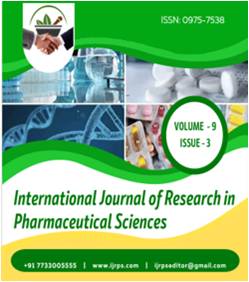Abstract
Heavy metals are a dangerous and widespread contaminant in the world because of the difficulty of disposal. Heavy elements affect the life of organisms and cause many serious diseases in humans and lead to the deposition of heavy elements in the soil to the weakness of the growth of plants and its yield. There are many techniques to remove the deposits of heavy elements, including bioremediation. Many factors are used in the process of phytoremediation, such as microorganisms such as bacteria, fungi, yeasts, algae and different plants. Microbiology can absorb heavy elements through multiple mechanisms and specialized vectors. Molecular genetics techniques have been used to increase the tolerance of plant contaminants and to develop mechanisms to transfer isolated genes from bacteria to plants and to produce genetically modified plants that can grow in soils contaminated with high concentrations of heavy elements. The following review is a review of studies on phytoremediation to clean the environment from heavy element deposits.
Full text article
Generated from XML file
Authors
Intedhar Abbas Marhoon, Hind Hamzah Abdulhussein, & Ebtesam Kadem Khudher. (2023). Biotechnology of absorption and remove of heavy metals by microorganism and plant. International Journal of Research in Pharmaceutical Sciences, 9(3), 778–784. Retrieved from https://ijrps.com/home/article/view/4346
Copyright (c) 2018 International Journal of Research in Pharmaceutical Sciences

This work is licensed under a Creative Commons Attribution-NonCommercial-NoDerivatives 4.0 International License.

